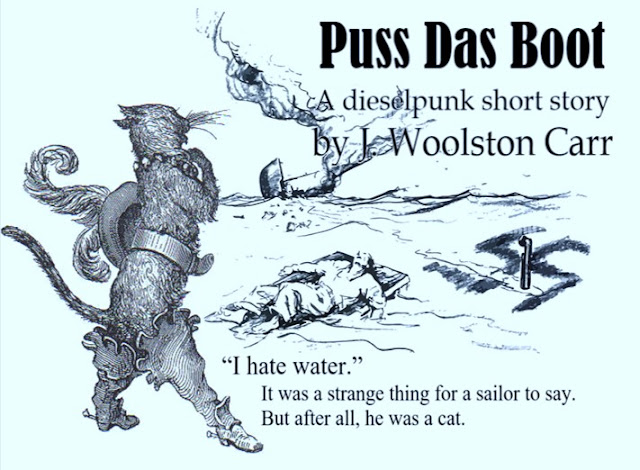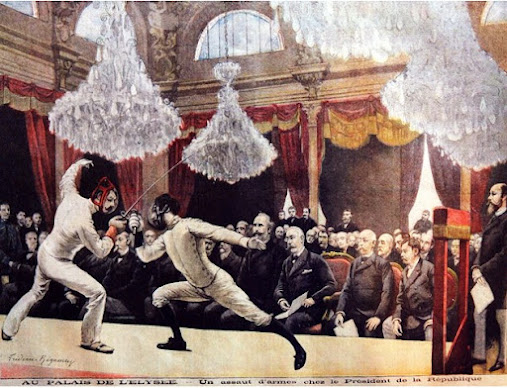The
Massacre at the Bibighar
The
four Butchers of Cawnpore is set several years after the Indian
Mutiny/Rebellion. I use the separating slash because the incident is called
differently depending on your perspective. To the English, the Indian sepoy
troops under their command committed mutiny when they attacked British forces
and holdings in India. These were disloyal soldiers. To the Indians, it was a rebellion
against an oppressor who had stolen their country. Today many Indian historians
refer to it as the First War of Independence, and it is celebrated as a
national holiday.
Many
atrocities on both sides occurred during the revolt. One of the worst was the
massacre at the Bibighar.
The
Indian Mutiny of 1857
 |
Map of British expansion in India in the 19th century. Cawnpore is in the north along the Ganges.
|
In
1857 Indian soldiers, native rulers and thousands of ordinary people rose up
against the British East India Company.
The
Company, as it was known, came in to being during the 17th century
to trade with the Mughal Empire. India was not a unified country, but a variety
of territories. Through conquering and trade, the British East India Company
gained control of much of the subcontinent, recruiting native armies to protect
them. While at first blending with the native culture, soon the British began
to impose their authority without regard to Indian culture. For the native
soldiers of the Bengal Army, lack of pay and promotion along with cultural and
racial insensitivity fomented discontent.
The
revolt began In May of 1857 after sepoys (designation of the native Indian
infantryman in service to the British) were jailed for refusing to use the new Enfield
rifle cartridges because they were greased with pork and cow fat. To use the cartridges
a soldier would bite off the end to pour the powder, forcing them to consume some
of the animal fat, against Hindu and Muslim religion. It was almost exclusively
soldiers of the Bengal Army who mutinied, joined by local rulers angered at the
Company’s annexation of native states. Thousands of common people also became
involved for religious reasons, loyalty to their old rulers, and increasing tax
demands. The main centers of the rebellion were Delhi, Cawnpore, Lucknow,
Jhansi and Gwalior.
Cawnpore
Maj.
Gen. Sir Hugh Wheeler was the British commander in Cawnpore (Kanpur). Wheeler’s
wife was Indian, and he felt he had influence to prevent an outbreak in
Cawnpore. He was wrong. In June of 1857 Wheeler
and his forces were attacked. Desperate for escape, the General negotiated with
the local ruler Nana Sahib for safe passage on the river to the next secure
town. But when the British soldiers began to evacuate, the rebels killed nearly
all of them.
 |
'The treacherous massacre of
English women and children at Cawnpore by Nena Sahib', 1857. Tinted
lithograph by T Packer, published by Stannard and Dixon, 7 Poland St, London,
12 October 1857
|
The women and children were rounded up and taken to a building
called the Bibighar, or House of Women. Initially meant to be held as a
negotiating tool, Nana Sahib soon realized his captives were a liability as a
British force under General Havelock marched determinedly towards Cawnpore. |
| Ground plan of the bibighar from Shepherd's “A Personal Narrative of the Outbreak and Massacre at Cawnpore During the Sepoy Revolt of 1857” |
Nana Sahib, along with other leaders
of the revolt, decided to kill their prisoners. The captive women in the
bibighar had boarded up the doors, though, and so the sepoy troops were ordered
to fire inside the building through the windows.  |
From the magazine "Ballou's Pictorial Drawing Room Companion" 1858
|
After one volley, the troops refused
to continue. Accounts differ slightly on the details that followed, though the
result was horrifyingly the same. When the troops refused to continue firing,
men from the town were recruited to finish off the remaining women and children
with the use of swords. Some say that four men of the butcher’s profession were
sent for and used their cleavers to finish the business. Regardless, the job
was done, and the bodies were flung down a nearby well.
The scene is described
by J.W. Shepherd, one of a few survivors of the massacre, in his book “A
Personal Narrative of the Outbreak and Massacre at Cawnpore During the Sepoy
Revolt of 1857”.
 |
from “A Personal Narrative of the Outbreak and Massacre at Cawnpore During the Sepoy
Revolt of 1857” |
“Some of the scenes, most horrifying and dreadful that eye could
witness, were to be met with by persons who visited that house of terrible
carnage and blood, where the helpless women and children had been butchered on
the 15th July. On a near approach to the building, the mind imperceptibly
filled with the most harrowing thoughts, felt as if a strange
indescribable something hovered round the place which impressed
one with awe, and the deepest melancholy.” |
from “A Personal Narrative of the Outbreak and Massacre at Cawnpore During the
Sepoy Revolt of 1857” |
“Then, as the horrified beholder entered the court-yard and stood
at the threshold, his eyes fell upon the floor inside, covered over with blood,
it came over his shoes as he stepped in. Tresses of women's hair, some nearly a
yard long, mats steeped in gore, children's shoes, and articles of female wear,
hats, bonnets (some hanging against the wall), leaves of Bibles and other
religious books, children's frocks and locks, ladies' boots, broken
daguerreotype cases, small earthen pots and pans, bottles and water vessels,
broken and unbroken, were to be seen strewn all about the place, dotted thickly
with blood. One small room was a pool of blood about two inches deep. There
were the marks of bullets and sword cuts on the walls and pillars in the room
and on the door posts. Into these sword cuts in places long tresses of ladies'
hair had been carried by the edge of the weapon and there hung--a most painful
spectacle.
It
is stated that one of the five executioners mentioned at page 118, named Sarwur
Khan, had no less than three swords broken while slaughtering the helpless
victims, for he was seen repeatedly emerging out of the building with his
broken sword to procure another from the Nana's quarters in the hotel.”
And so evolved the story of the Four
Butchers of Cawnpore.
It is worth noting that this
massacre was by all accounts horrendous. But the British retaliated with
atrocities of their own. Indians, innocent or guilty, were executed. One of the
most brutal methods was to tie someone to a cannon. Not only was this a
horrible way to die, but because their bodies were blown to bits, they would
not be able to receive a proper religious burial.
 |
Mutineers about to be blown from
guns by the Bengal Horse Artillery, 1858. Watercolor by Orlando
Norie |
The last major action of the rebellion
occurred at the city of Gwalior in June of 1858, where the British Major-General
Sir Hugh Rose recaptured the city from the Indian Queen Rani Lakshmi Bai.
Britain retained control of India, but because of the rebellion the governance
was shifted from the British East India Company to the Crown. In 1877 Queen
Victoria was crowned Empress of India. While Britain established some political
and religious reforms following the rebellion, scars remained from a colonial
empire’s contempt of another people’s history and culture in their attempt to
civilize them.












Very excellent, well done. I have visited Cawnpore on several journeys of discovery and am most greatful for your work in keeping the memory of our dear women and children of Bibighar alive.
ReplyDelete